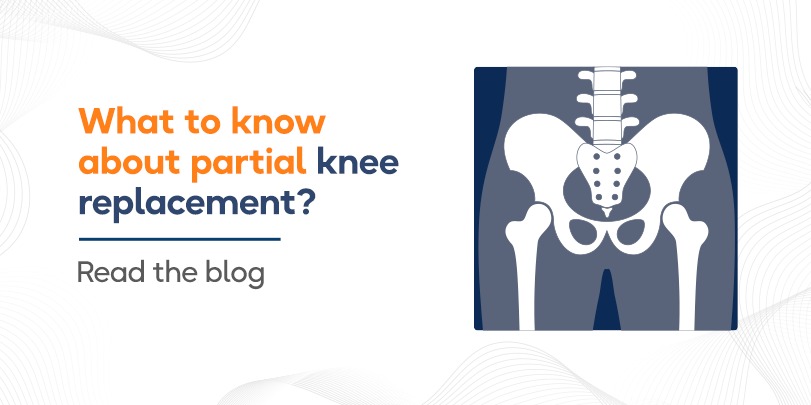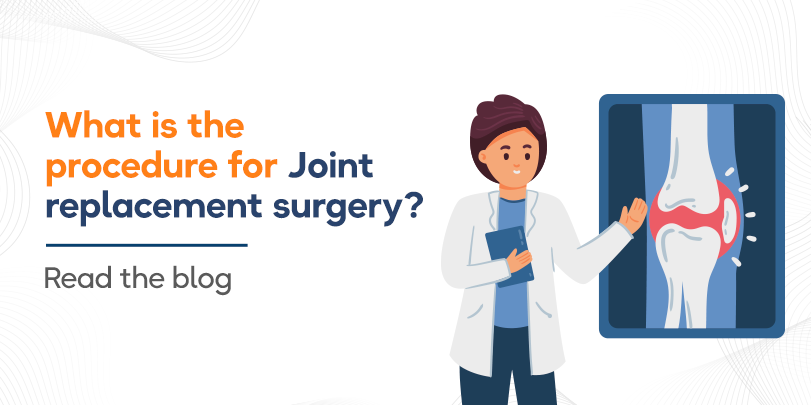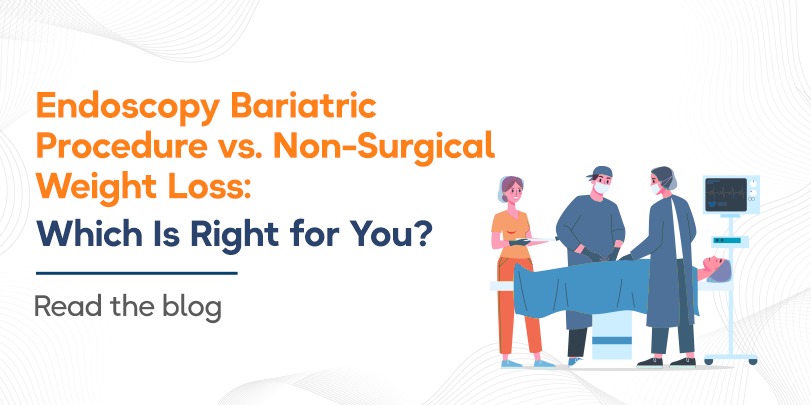Undergoing total hip replacement surgery can bring relief and improved mobility for individuals suffering from chronic hip pain. If you want to know the procedure for joint replacement surgery or Arthroscopy surgery in Ahmedabad, we have a blog here. However, the recovery process requires careful attention to ensure optimal healing.
Of course, if you have more questions about Arthroscopy surgery, we have a guide that can answer all your questions in brief.
Read more – Arthroscopy Surgery: A Comprehensive Guide for Patients
One crucial aspect is sleep, as proper rest promotes healing, reduces pain, and enhances overall well-being. In this blog, we will discuss essential tips and strategies to help you achieve a comfortable and good night of sleep after your hip replacement surgery in Ahmedabad.
Create a Suitable Sleeping Environment
Creating a suitable sleeping environment is the first step toward a good night’s sleep after hip replacement in Ahmedabad. Ensure your bedroom is quiet, dark, and at a comfortable temperature. Consider using blackout curtains to block out external light and minimize disruptions. Utilize earplugs or a white noise machine to drown out any ambient noise. Additionally, invest in a supportive mattress and pillows that provide adequate cushioning for your hips, promoting proper alignment and reducing pressure points.
For individuals considering hip replacement surgery, a recliner may prove to be a great investment. It makes sure you’re sleeping in a proper position and that you don’t put pressure on your hips and legs. This also aids replacement recovery and prevents you from sleeping on your back. Sleeping precautions are essential following total hip replacement. Getting the surgery, however, does not mean that you cannot sleep safely in your bed. You as an individual need to be sure that you have the correct position to be safely in bed for sleep. You should try new positions in which you are able to sleep. One of the best ways, as well will discuss shortly, is to be a side sleeper, especially a leg lifter. One way to prevent pain is to sleep on your side after surgery as it helps save the energy you need. It is best to avoid hip joint-related problems and consult Radiance Hospital’s occupational therapist or orthopedic team.
Adopt a Comfortable Sleep Position
Finding a comfortable sleep posture is essential for good sleep after hip surgery in Ahmedabad, or anywhere else. While there is no true “best sleeping position”, most doctors recommend that you try to sleep on your side. Add a pillow between your legs – or two pillows, even. Following a hip replacement surgery, this helps maintain proper alignment and reduce strain on your hips. This position helps distribute weight evenly and minimizes the risk of dislocation.
Alternatively, you can sleep on your non-operated side with a pillow between your knees. Not as well recommended, but certainly less harmful than sleeping on your recovering side after hip replacement, is to sleep on your back with a pillow under your legs. Side sleeping is always superior, especially when you rotate your body and throw your leg on top. You may experience pain if you don’t give yourself extra comfort and extra support. Avoid sleeping on your surgical side, as it may cause discomfort and hinder healing. Consult your surgeon to determine the most suitable sleep position for your specific case.
Pain Management Plan
Effective pain management is crucial for ensuring a peaceful and restorative sleep after Arthroscopy surgery in Ahmedabad, or anywhere else. We have 5 quick tips on recovery here. Take any prescribed pain medication as directed by your doctor before going to bed. This can help alleviate pain and discomfort, allowing you to sleep more comfortably. Additionally, you can use ice packs or heat therapy to further relieve pain. Discuss with your healthcare provider about over-the-counter pain relievers suitable for your condition. However, be cautious not to rely solely on pain medication for long-term relief and consult your doctor regarding appropriate usage. Try to avoid a very thick or very thin pillow. Use any walking aid, depending on your health. Lie on the side often and get comfortable whenever possible. Keep your legs straight – don’t throw them outwards or cross your ankles for 6 to 12 weeks following surgery to improve your general recovery time.
Stress and anxiety can play a major role in your treatment plan. The need for your rehabilitation is not just physical. It is common for people to need mental aftercare to help prevent mental health issues.
Establish a Bedtime Routine
Establishing a consistent bedtime routine can help signal your body that it’s time to wind down and prepare for sleep. Engage in relaxing activities before bed, such as reading a book, listening to soothing music, or practicing gentle stretching exercises. These activities can promote relaxation and reduce anxiety, allowing you to transition into a restful state more easily. Avoid stimulating activities and electronic devices that emit blue light, as they can interfere with your sleep quality. Set a regular sleep schedule and adhere to it, even on weekends, to regulate your body’s internal clock.
Seek Assistance and Use Assistive Devices
During the early stages of recovery after arthroscopy surgery in Ahmedabad or anywhere on the globe, you may require assistance when getting in and out of bed. Consider using assistive devices like bedrails or a sturdy chair placed next to your bed to aid mobility. These devices provide support and stability, reducing the risk of falls or accidental strain on your hip. Having a caregiver or family member nearby can also offer emotional support and help with any immediate needs, allowing you to rest more comfortably. Communicate your needs to your support system, and don’t hesitate to ask for assistance when required.
Conclusion:
Adequate sleep is crucial for your body’s healing and recovery after total hip replacement surgery. By creating a suitable sleeping environment, adopting a comfortable sleeping position for your hip, utilizing pain management techniques, establishing a bedtime routine, and seeking assistance when needed, you can enhance your sleep quality and promote a smoother recovery process. Remember to consult with your healthcare team at Radiance Hospitals for personalized advice and guidance throughout your post-surgery journey. Rest well and enjoy the benefits of your new hip.








